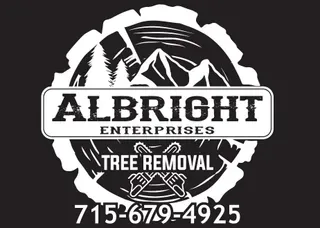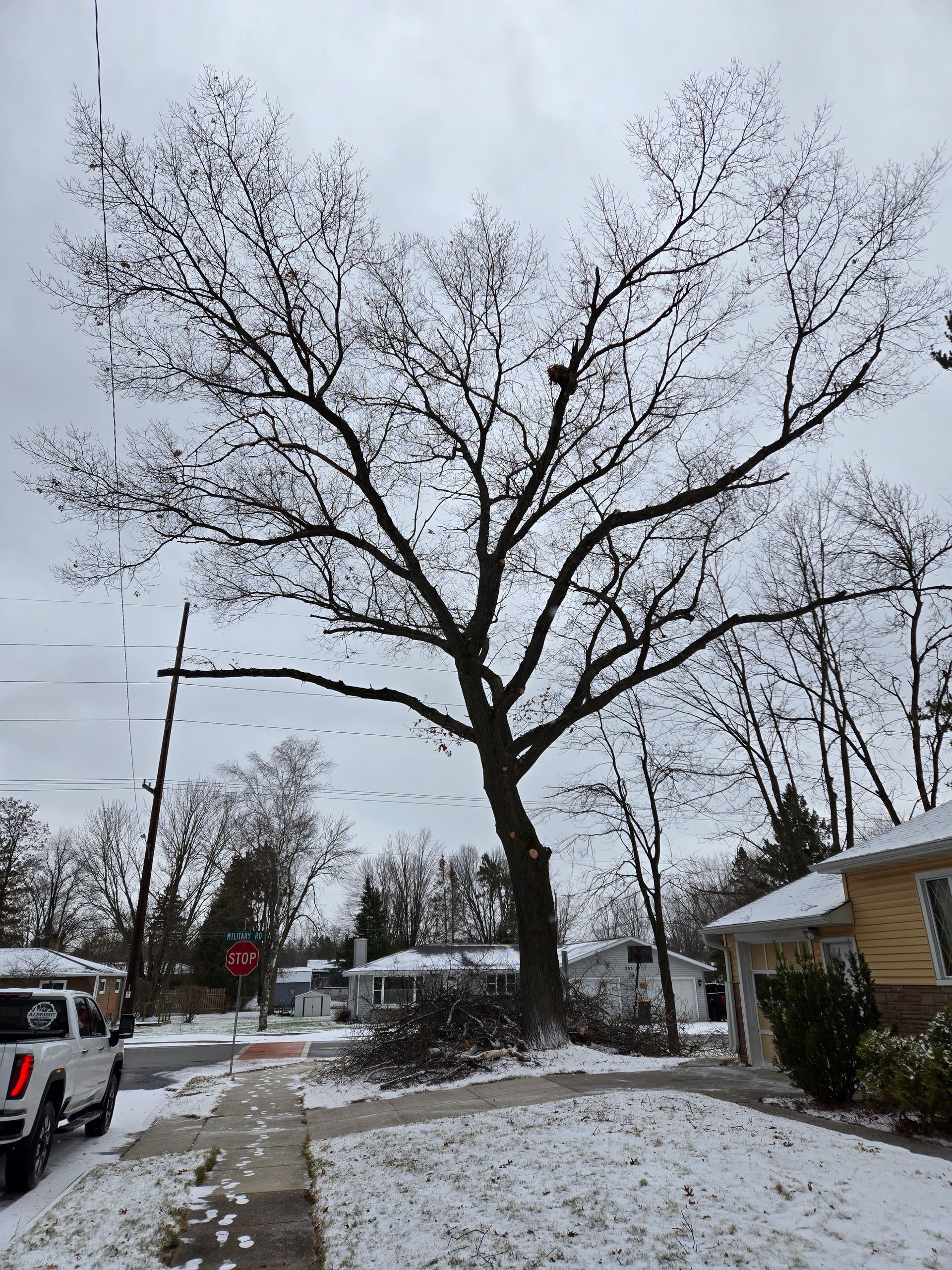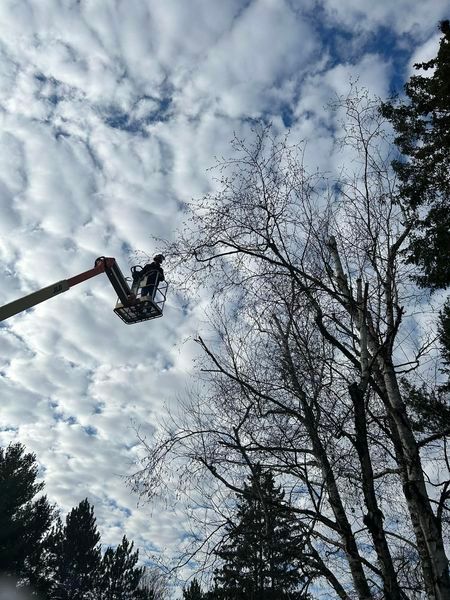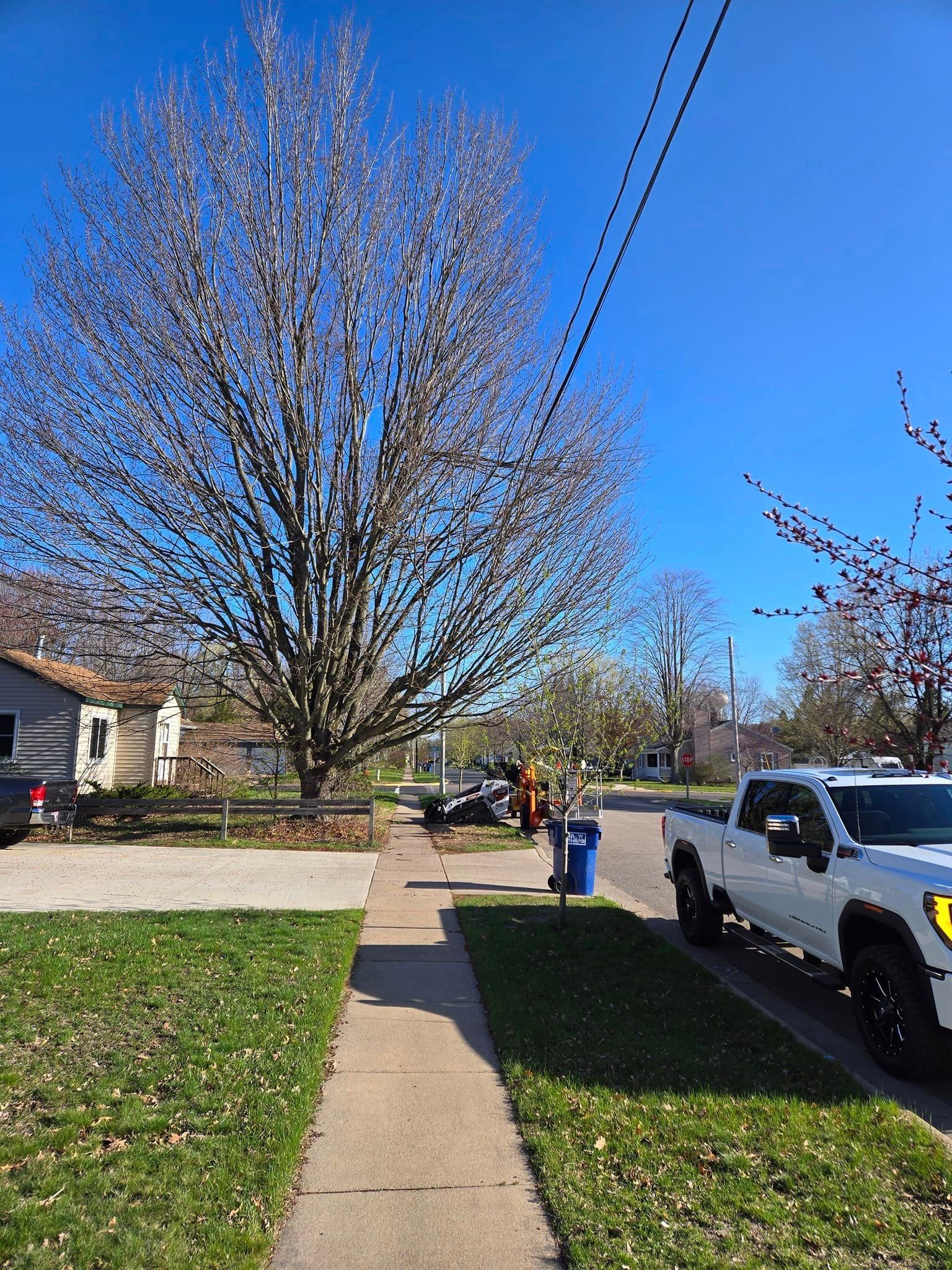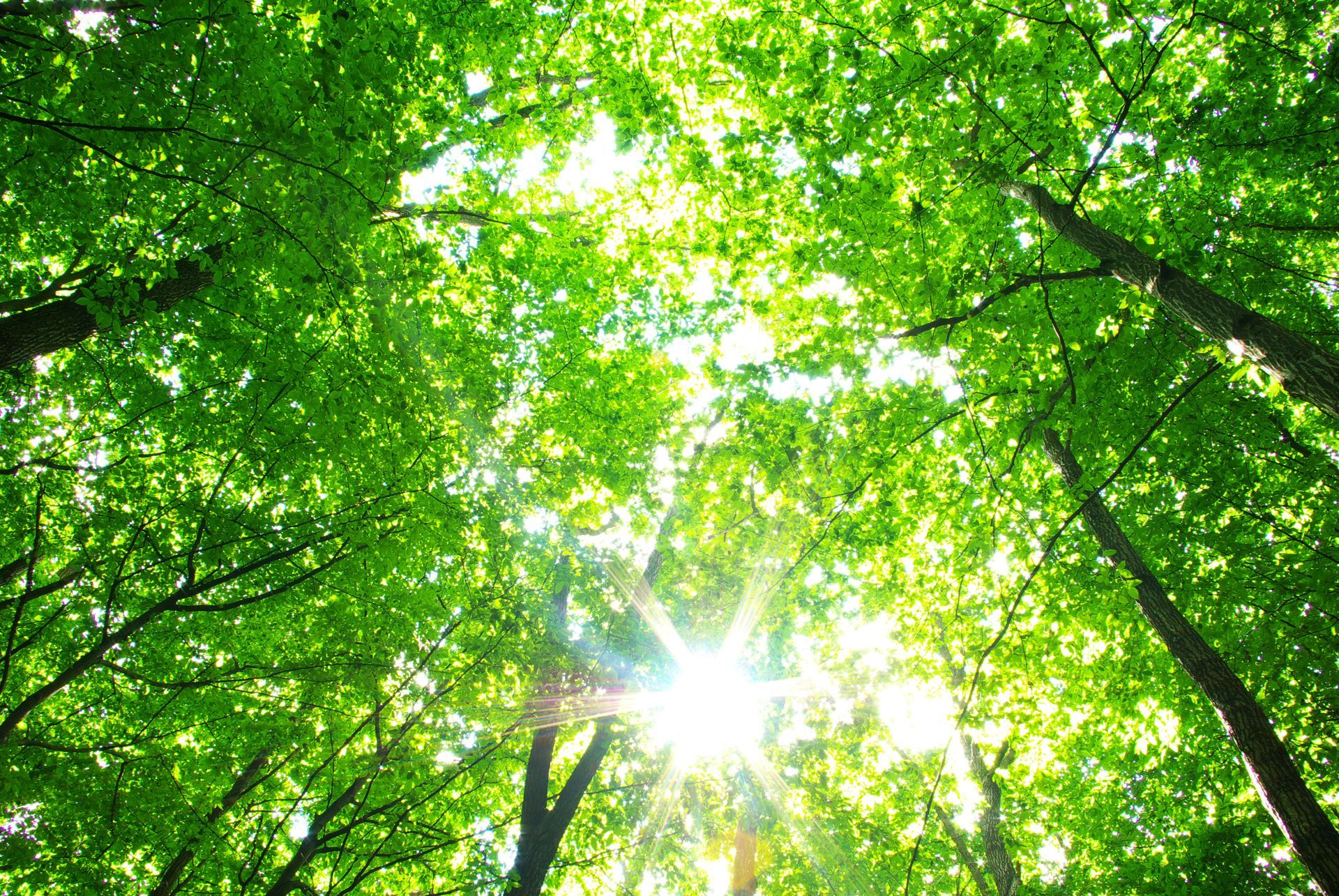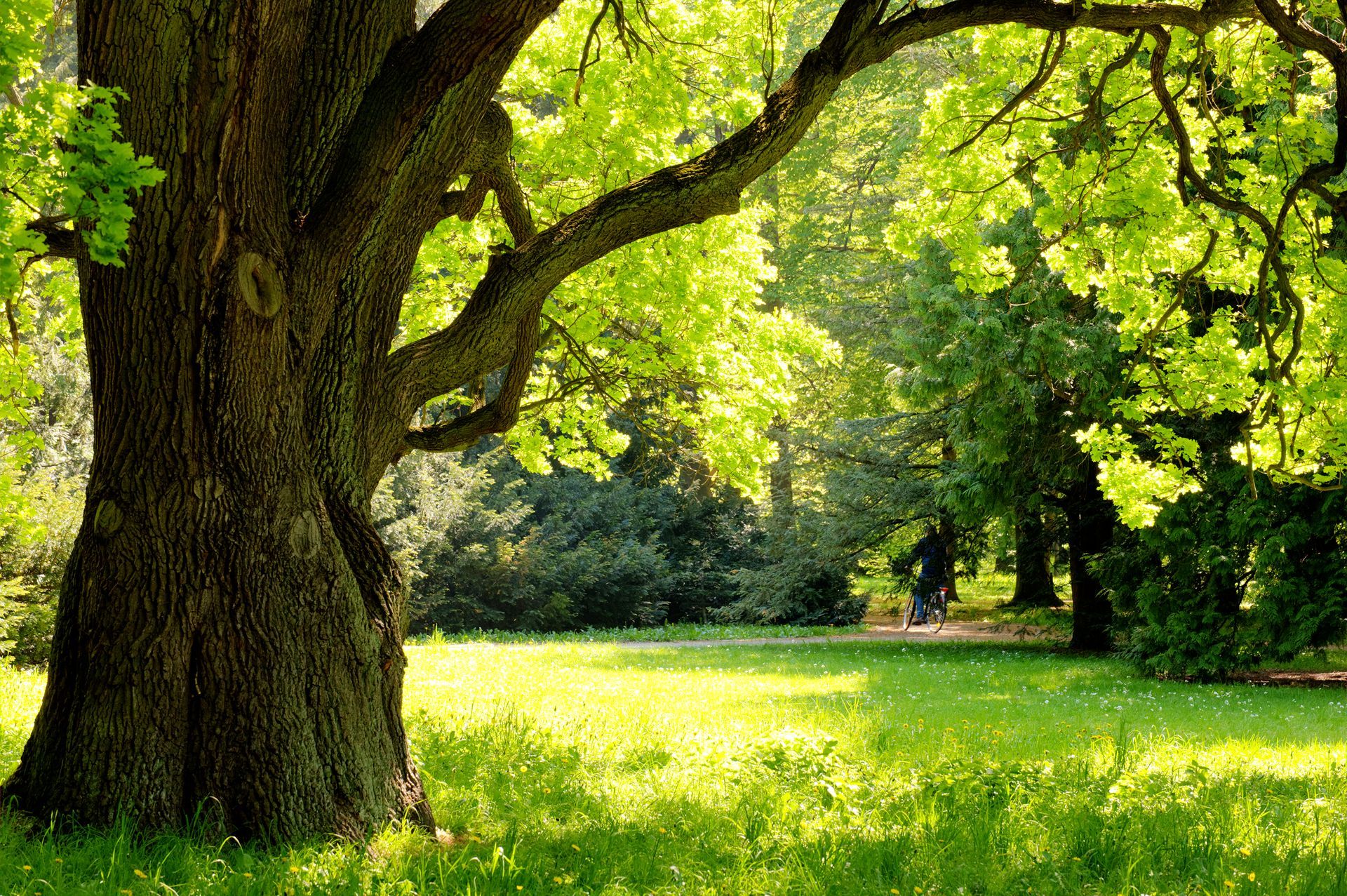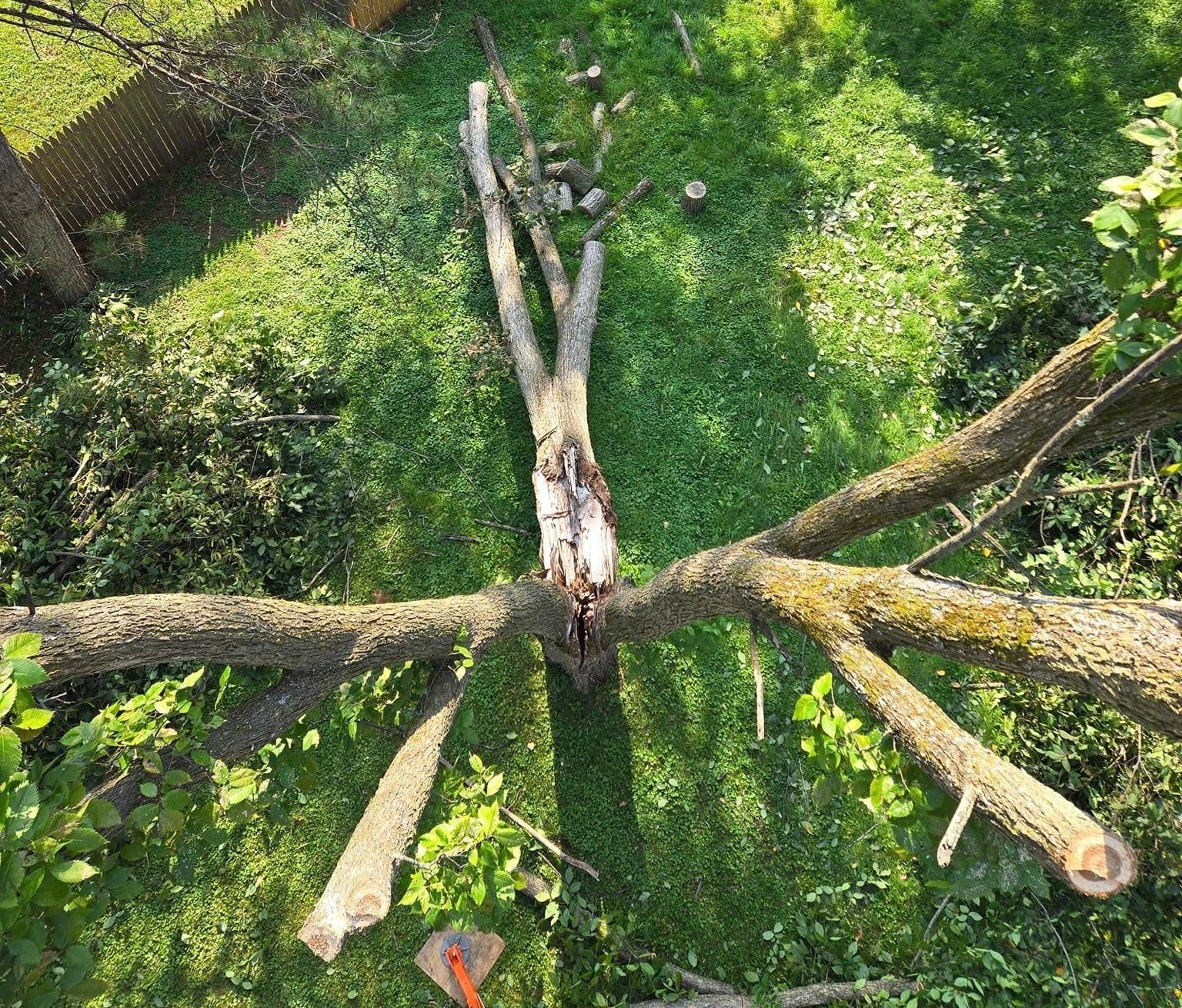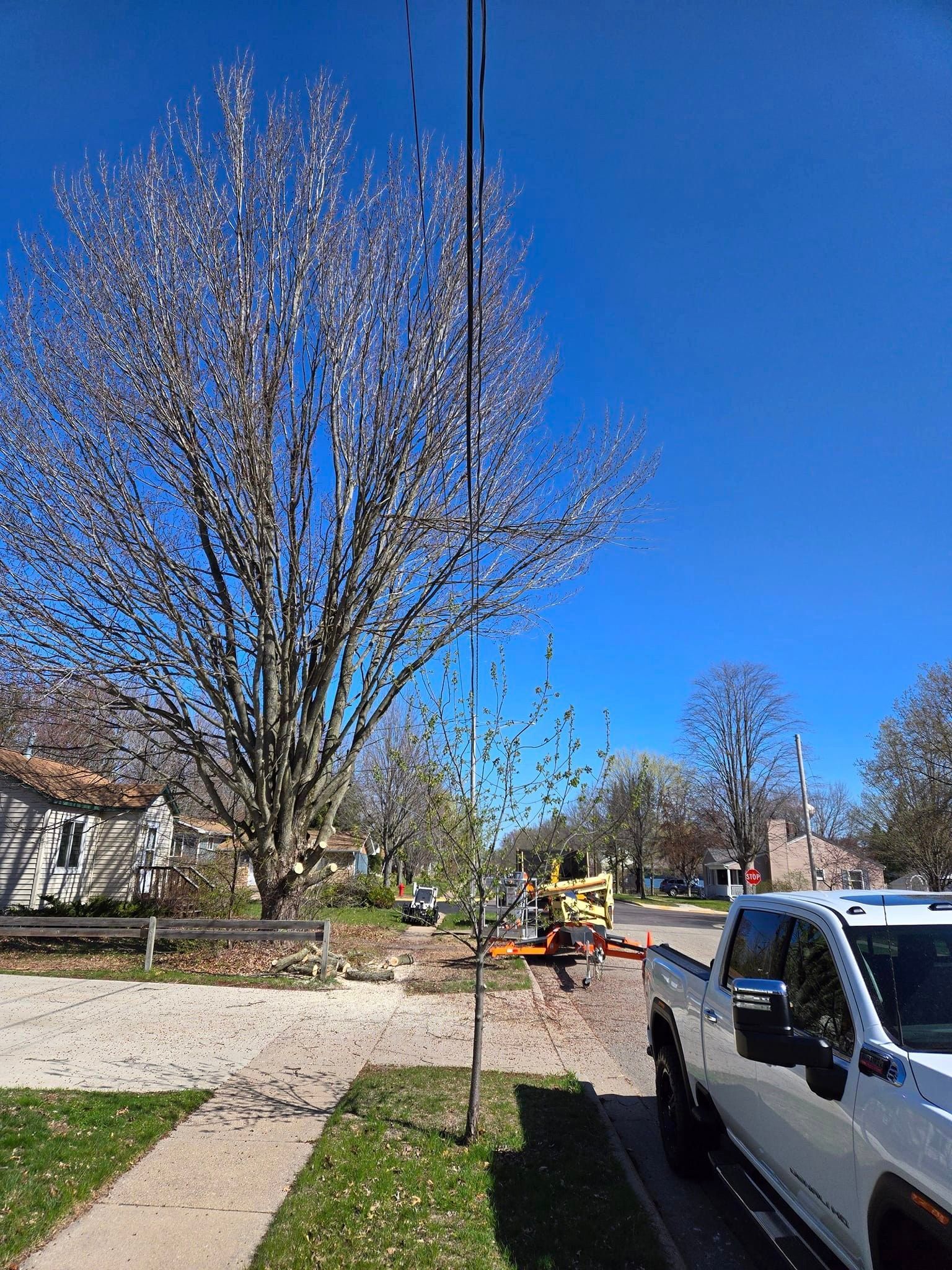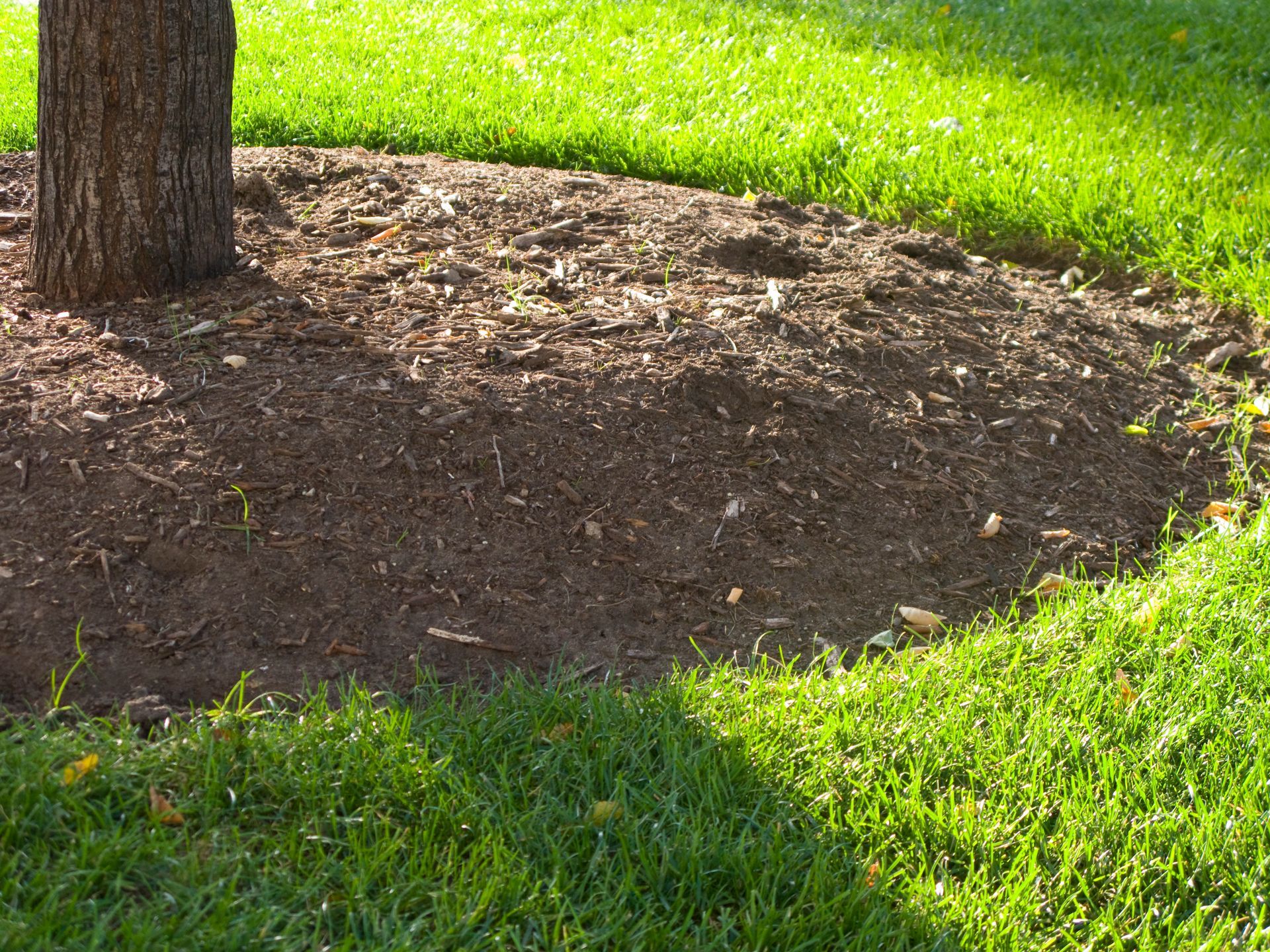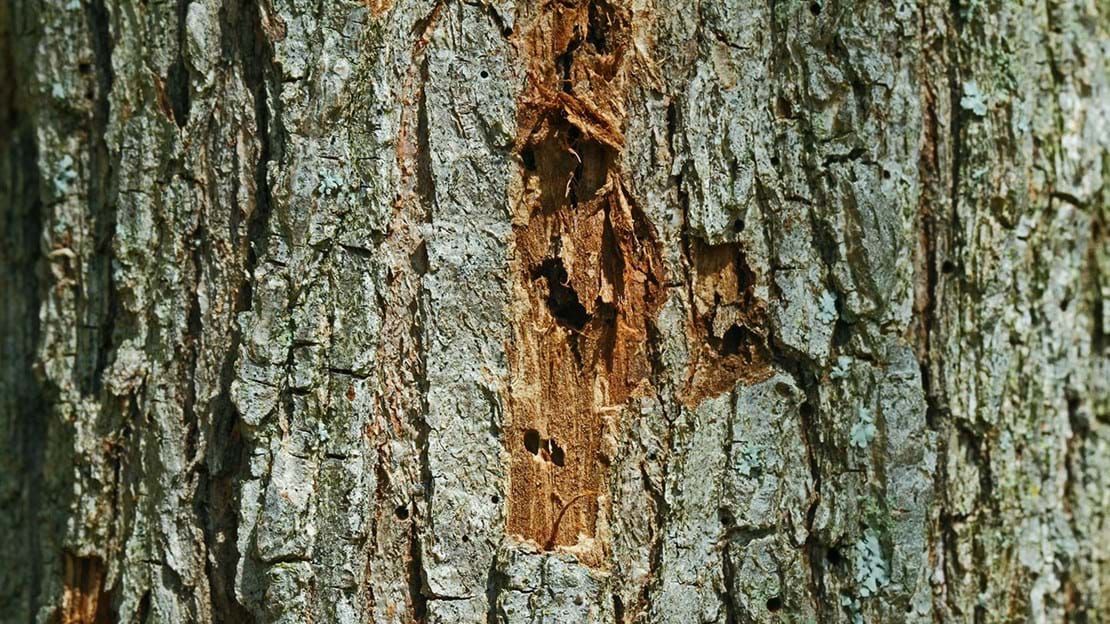Nate Albright • September 9, 2024
Post-Removal Care: What to Do After a Tree Is Removed from Your Property
Expert Tips from Albright Enterprises in Wausau, WI to Restore and Revitalize Your Landscape
Tree removal can be necessary for various reasons, from disease and storm damage to safety concerns. But what happens after a tree has been removed? At Albright Enterprises in Wausau, WI, we understand that the work doesn’t end when the tree is gone. There are several crucial steps you can take to restore your landscape, improve aesthetics, and prevent future issues. This blog will guide you through what to do after a tree is removed to ensure your property remains safe, healthy, and beautiful.
1. Assess the Stump Situation
Once the tree is removed, you’re often left with a stump. Deciding what to do with it is the first step in post-removal care. You have a few options:
Stump Grinding: Grinding the stump down to below ground level is a popular choice, allowing you to plant grass, flowers, or even a new tree in its place.
Stump Removal: If you want to completely eliminate the stump, including its root system, stump removal might be necessary. This is a more intensive process but can prevent future issues like root sprouting or potential pest infestations.
Why It Matters: Leaving a stump can pose a tripping hazard, become an eyesore, or serve as a breeding ground for pests like termites or ants. Choosing between stump grinding or removal depends on your landscape goals and budget.
2. Evaluate the Soil Quality
After tree removal, the soil quality around the site can be affected. Decomposing roots may leave the soil rich in organic material, but they can also create pockets of soft, uneven ground.
Soil Testing: Consider testing the soil’s pH levels and nutrient content to understand its current state. This will help you determine what amendments are needed for future planting.
Soil Amendment: You may need to add topsoil, compost, or other organic materials to improve drainage, texture, and nutrient levels.
Why It Matters: Healthy soil is the foundation of a thriving landscape. Ensuring the soil is in good condition will support future growth, whether you’re planting new trees, shrubs, or grass.
3. Address Root Remnants
Even after stump removal, some tree roots can remain underground. These roots can continue to grow or decay, potentially affecting your landscaping plans.
Root Grinding: In some cases, grinding the larger roots that remain can help prevent future issues like new shoots or sprouting.
Regular Monitoring: Keep an eye on the area for signs of new growth from remaining roots or sinking ground as they decompose.
Why It Matters: Unchecked root growth can interfere with sidewalks, driveways, and even foundations. Taking steps to manage root remnants helps maintain the stability and appearance of your landscape.
4. Plan for Replanting or Landscaping
Now that the tree is gone, it’s time to decide what to do with the newly opened space. Here are a few options:
Planting a New Tree: If you want to replace the tree, choose a species that is suitable for your local climate and soil conditions. Consider the mature size of the tree and plant it in a location that will allow it to thrive without interfering with structures or other plants.
Lawn Restoration: For those looking to expand their lawn, consider reseeding or laying new sod. This is also a great opportunity to aerate the soil and address any compaction caused by the tree's roots.
New Garden Bed: Convert the area into a garden bed filled with shrubs, flowers, or decorative grasses. This can add color and variety to your landscape and create a focal point in your yard.
Why It Matters: Proper planning ensures that your new landscape additions complement your property’s overall aesthetics and don’t face the same issues that led to the original tree's removal.
5. Prevent Future Problems
Finally, take steps to prevent any future problems in the area where the tree was removed:
Regular Inspections: Monitor the site for any signs of soil erosion, pests, or regrowth. Regular inspections can help catch potential issues early.
Mulching: Apply a layer of mulch around any new plantings to retain moisture, suppress weeds, and improve the soil’s organic matter content.
Proper Watering and Fertilization: Ensure that any new additions to your landscape receive the correct amount of water and nutrients they need to thrive.
Why It Matters: Proactive maintenance helps protect your investment in your landscape and ensures your yard remains a healthy, vibrant space.
Tree removal is only the first step in maintaining a beautiful and safe property. By following these post-removal steps, you can revitalize your landscape and prevent future problems. At Albright Enterprises, we’re here to help you with all aspects of tree care and removal. Contact us today for expert advice and services tailored to your needs!

